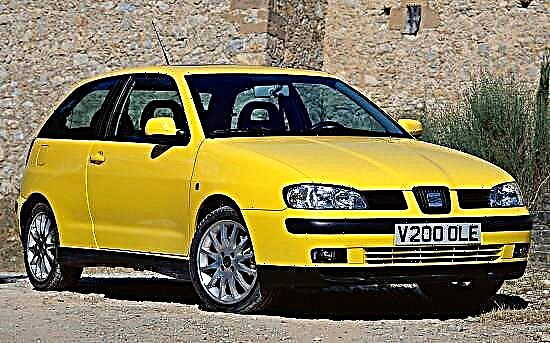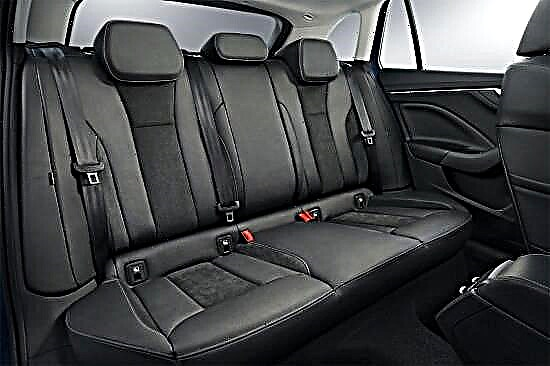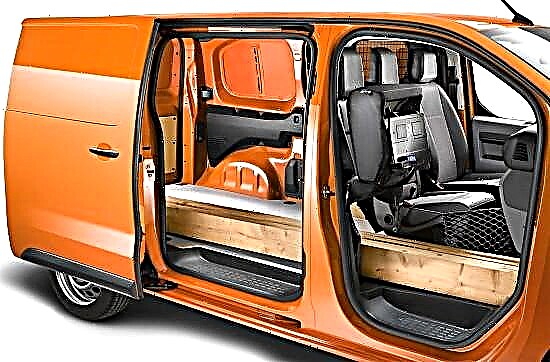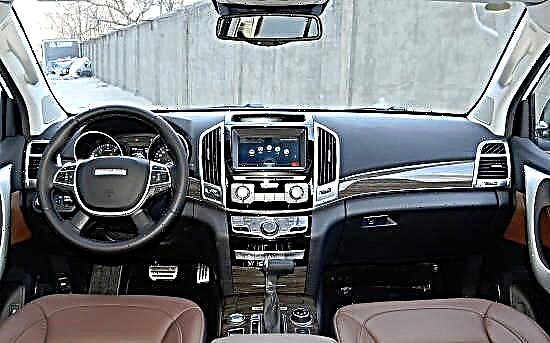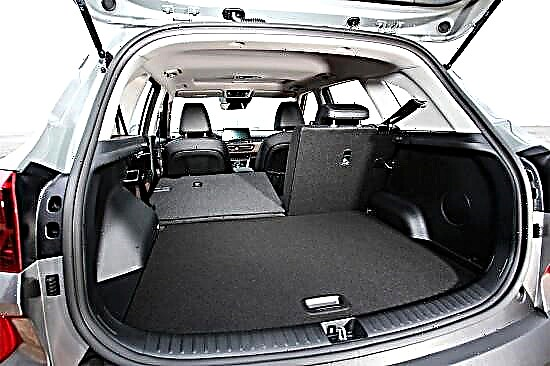This car, since its inception, is known and popular no less than the "Land Cruiser". But in Russia "Highlander" officially appeared only in 2010, but in the world market this model is known from the very beginning of the "zero". Let's go back 14 years and remember how the Highlander's path began.
So, in April 2000 (at the New York Auto Show) the first Toyota Highlander (factory index "XU20") was presented, positioned as "a mid-size crossover for young buyers aged 20-30 with an active lifestyle."

For its time, the novelty offered motorists a very dynamic, but at the same time brutal exterior, which absorbed details from more representative SUVs.
The memorable contours of the first generation of Toyota Highlander, partly passed later "through generations", were emphasized by the proportional dimensions of the crossover: the body length was 4684 mm, the length of the wheelbase fit into the frame of 2200 mm, the width of the body, excluding mirrors, was limited to 1836 mm, and the height rested against the 1697 mark. mm.
The curb weight of the Highlander XU20 was at least 1725 kg. The crossover's ground clearance was 185 mm.

The salon of this car in the first generation had a classic layout and offered a volume of free space, both front and rear, quite worthy for its segment. It is possible that the ergonomics of the cabin and its appearance these days cause only sarcastic smiles, but at one time the interior of the 1st generation Toyota Highlander impressed with its boldness, high quality finish and comfort almost at the level of a business-class sedan.
In addition, the first generation of the Highlander also offered a very good trunk, which could hold up to 1090 liters of cargo.
Specifications. For the first generation of its first mid-size crossover, the manufacturer offered three powerplant options.
- The younger engine was a 4-cylinder in-line gasoline engine 2AZ-FE with a working volume of 2.4 liters and a return of 157 hp. at 5600 rpm. The engine torque reached 221 Nm at its peak at 4000 rpm, which made it possible to accelerate the crossover from 0 to 100 km / h in 10.8 seconds, spending on average about 10.7 liters of fuel in urban traffic.
- More expensive versions received a V-shaped 1MZ-FE engine with six cylinders, the total displacement of which was 3.0 liters. The maximum power of this power plant was 223 hp, which developed at 5800 rpm. Peak torque of the 3.0-liter unit was at around 301 Nm and was reached at 4400 rpm. In terms of dynamics, the engine was quicker: the acceleration time from 0 to 100 km / h took only 8.5 seconds. As for fuel consumption, in urban conditions the crossover ate about 12.4 liters per 100 km.
Both motors were aggregated with a 4-speed "automatic" and were installed on the model with the "XU 20" index from 2000 to 2003.
- After that, they were replaced by the 3MZ-FE engine, which had 6 cylinders, a working volume of 3.3 liters, a return of 232 hp. at 5800 rpm, as well as a torque of 328 Nm at 4400 rpm. A more reliable 5-speed automatic was used as a gearbox for the new engine. In addition, if both front and four-wheel drive were available for the first two engines, the 3.3-liter unit was installed only in tandem with an all-wheel drive system with a symmetrical center differential without any locks.

The first generation Toyota Highlander was based on the Toyota Camry platform, to which the Japanese added some elements of the Lexus RX chassis structure. The crossover equipment list included 17-inch alloy wheels, front ventilated disc brakes, rear disc brakes, ABS, roof rails, audio system, power steering, front airbags, air conditioning.
In the North American market, for which, in fact, the Highlander was developed, the first generation was offered in both a five-seater and a seven-seater saloon version. The “first Highlander” entered Russia through “gray” dealers who supplied cars from the United States.


